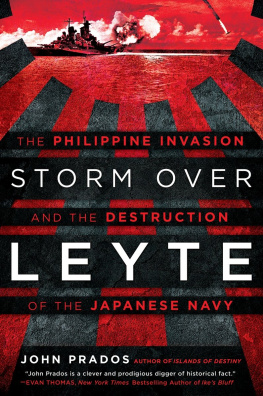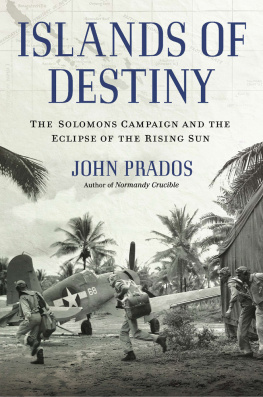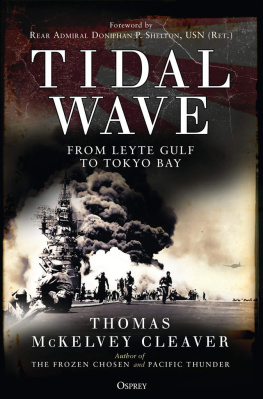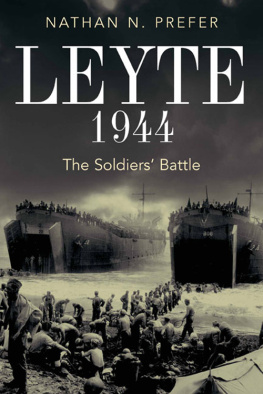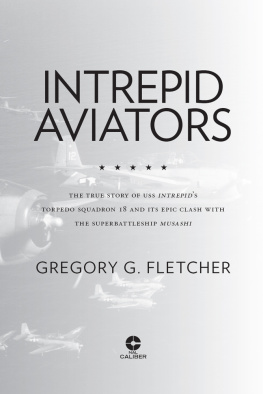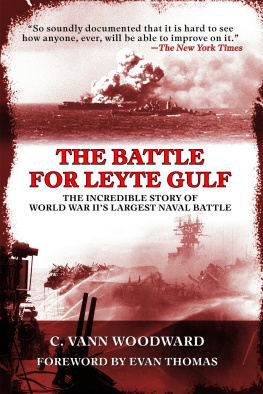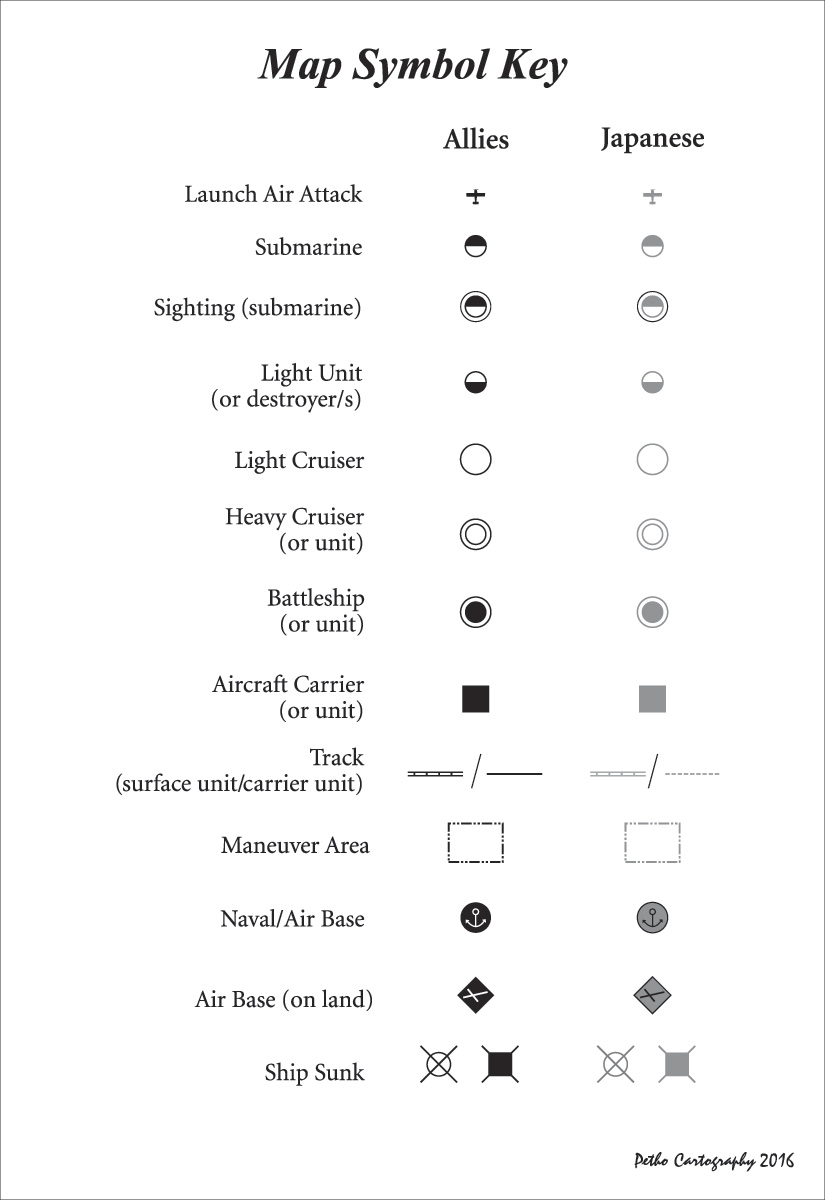OTHER BOOKS BY JOHN PRADOS
The U.S. Special Forces: What Everyone Needs to Know
A Streetcar Named Pleiku: Vietnam 1965, A Turning Point (longform e-book)
Operation Vulture: Americas Dien Bien Phu (e-book)
The Family Jewels: The CIA, Secrecy, and Presidential Power
Islands of Destiny: The Solomons Campaign and the Eclipse of the Rising Sun
In Country: Remembering the Vietnam War (written and edited)
Rethinking National Security (longform e-book)
Normandy Crucible: The Decisive Battle That Shaped World War II in Europe
How the Cold War Ended: Debating and Doing History
William Colby and the CIA: The Secret Wars of a Controversial Spymaster
Vietnam: The History of an Unwinnable War, 19451975
Safe for Democracy: The Secret Wars of the CIA
Hoodwinked: The Documents That Reveal How Bush Sold Us a War
Inside the Pentagon Papers (written and edited with Margaret Pratt Porter)
The White House Tapes: Eavesdropping on the President (written and edited)
Lost Crusader: The Secret Wars of CIA Director William Colby
America Confronts Terrorism (written and edited)
The Blood Road: The Ho Chi Minh Trail and the Vietnam War
Presidents Secret Wars: CIA and Pentagon Covert Operations from World War II Through the Persian Gulf
Combined Fleet Decoded: The Secret History of U.S. Intelligence and the Japanese Navy in World War II
The Hidden History of the Vietnam War
Valley of Decision: The Siege of Khe Sanh (with Ray W. Stubbe)
Keepers of the Keys: A History of the National Security Council from Truman to Bush
Pentagon Games
The Sky Would Fall: The Secret U.S. Bombing Mission to Vietnam, 1954
The Soviet Estimate: U.S. Intelligence and Soviet Strategic Forces

NAL CALIBER
Published by New American Library,
an imprint of Penguin Random House LLC
375 Hudson Street, New York, New York 10014
This book is an original publication of New American Library.
Copyright John Prados, 2016
Maps by Jason Petho
Penguin Random House supports copyright. Copyright fuels creativity, encourages diverse voices, promotes free speech, and creates a vibrant culture. Thank you for buying an authorized edition of this book and for complying with copyright laws by not reproducing, scanning, or distributing any part of it in any form without permission. You are supporting writers and allowing Penguin Random House to continue to publish books for every reader.
NAL Caliber and the NAL Caliber colophon are trademarks of Penguin Random House LLC.
For more information about Penguin Random House, visit penguin.com.
LIBRARY OF CONGRESS CATALO GING-IN-PUBLICATION DATA:
Names: Prados, John, author.
Title: Storm over Leyte: the Philippine invasion and the destruction of the
Japanese Navy/John Prados.
Description: New York, New York: New American Library, [2016]
Identifiers: LCCN 2015047067 (print) | LCCN 2015047122 (ebook) | ISBN
9780451473615 | ISBN 9780698185760 (ebook)
Subjects: LCSH: World War, 19391945CampaignsPhilippinesLeyte Island. |
Leyte Gulf, Battle of, Philippines, 1944. | Leyte Island (Philippines)History, Military.
Classification: LCC D767.4.P73 2016 (print) | LCC D767.4 (ebook) |
DDC 940.54/25995dc23
LC record available at http://lccn.loc.gov/2015047067
PUBLISHERS NOTE
While the author has made every effort to provide accurate telephone numbers and Internet addresses at the time of publication, neither the publisher nor the author assumes any responsibility for errors, or for changes that occur after publication. Further, publisher does not have any control over and does not assume any responsibility for author or third-party Web sites or their content.

Version_1
For Natasha,
who pursues her goal
with such determination
Despair is the price one pays for setting... an impossible aim.
Graham Greene, The Heart of the Matter
CONTENTS
MAP LIST
INTRODUCTION
T he Battle of Leyte Gulf figures among the most important events of the Pacific campaign in World War II. As a turning point it marked a key passage of the war. As a crushing blow to Japanese power it brought an escalation of violence that led to some of the bloodiest confrontations of the war. Though Leyte Gulf is among the more studied clashes of the fight, it still offers space for fruitful exploration. In Islands of Destiny, my last Pacific excursion, the intention was to show that, among Pacific turning points, the South Pacific campaign outshone the Battle of Midway as the more decisive development. Storm over Leyte extends that story to the moment of the American return to the Philippine Islands and the carnage it triggered.
This account begins with the extraordinary conference President Franklin Delano Roosevelt convened at Pearl Harbor in July 1944. Histories of the period have minimized or even ignored this event, a virtual summit of the Allied proconsuls in the Pacific, Douglas A. MacArthur and Chester W. Nimitz, conjoined with their top leader, FDR. Where histories cover this event they often treat it as a photo op or political stunt from a man about to run for his fourth term as president of the United States. As you will see from the narrative, I believe the meeting at Pearl Harbor is far more important than that, both in the immediate sense and in its longer-term consequences. I will argue that President Roosevelt worked to resolve a real strategic problem, and that the course he charted, taking the side of one of the summits participants, set up the most momentous military headache of the Pacific war. The question of using the atomic bomb on Japan versus invading the Japanese Home Islands has been prominent in recent writing on the Pacific. Here I argue that the Pearl Harbor conference and the Philippine campaign that started at Leyte Gulf led directly to that horrible dilemma.
Storm over Leyte continues the enterprise I began several books ago of reinterpreting the standard military history of World War II in the light of contributions made by intelligence on both sides. I believe that our knowledge of intelligence in the war, developed late and only gradually released by the keepers of the secretseven though broad outlines of the story were revealed quite earlyhas reached the point where our conventional knowledge of these events can be seamlessly reworked into a comprehensive history that offers full scope to all contributing elements. I did that for the South Pacific in Islands of Destiny. This tome continues the endeavor.

